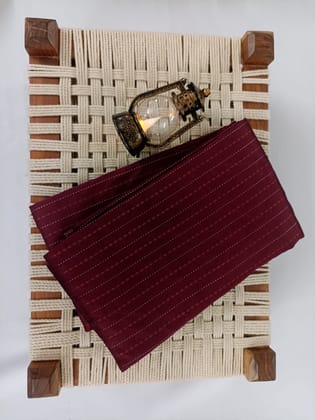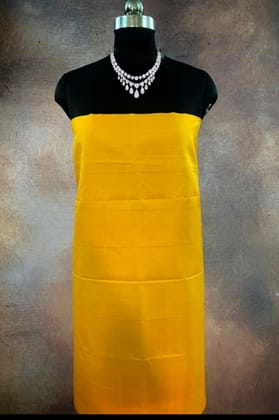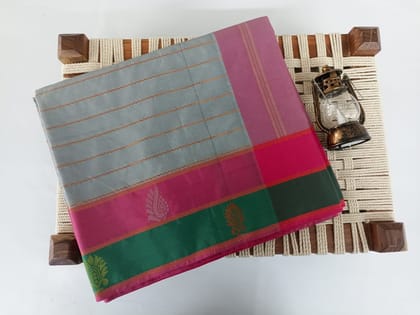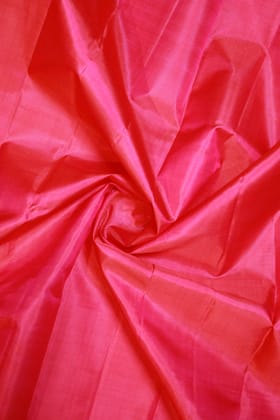Net material, also known simply as net fabric or netting, refers to a textile characterized by an open, mesh-like structure. It is typically made by weaving, knitting, or knotting fibers together to create a netted pattern, resulting in a fabric that is lightweight, airy, and semi-transparent.
Net material can be crafted from a variety of fibers, including:
-
Nylon: Nylon net fabric is popular for its durability, stretchiness, and ability to hold its shape well. It is commonly used in applications such as lingerie, costumes, and sports apparel.
-
Polyester: Polyester net fabric is known for its strength, resistance to wrinkles, and ease of care. It is often used in clothing, accessories, and home decor items.
-
Cotton: Cotton net fabric offers a natural, breathable option with a soft hand feel. It is suitable for applications where comfort is prioritized, such as clothing, linens, and crafts.
-
Silk: Silk net fabric is prized for its luxurious texture, delicate drape, and elegant appearance. It is commonly used in high-end fashion garments, lingerie, and bridal wear.
Net material finds a wide range of applications across various industries, including:
-
Apparel: Net fabric is frequently used in clothing items such as skirts, dresses, tops, lingerie, and swimwear. It can add texture, dimension, and visual interest to garments.
-
Accessories: Net material is used to create accessories such as veils, scarves, shawls, gloves, and hair accessories. It can add a touch of romance, sophistication, or drama to an outfit.
-
Decor: Netting is utilized in home decor applications such as curtains, draperies, tablecloths, bed canopies, and decorative accents. It can create a whimsical, ethereal ambiance and filter light in a soft, diffused manner.
-
Crafts: Net fabric is popular for crafting projects such as tutus, tutu dresses, hair bows, tutu skirts, and DIY costume pieces. It can be easily manipulated, layered, and embellished to create custom designs.
Overall, net material offers versatility, breathability, and a distinctive aesthetic that makes it a favored choice for a wide range of fashion, accessory, decor, and crafting applications.
Washing instruction:
Net cloth, often used in items like lingerie, delicate garments, or decorative accessories, requires gentle care to maintain its integrity. Here's a method for washing net cloth:
-
Check the care label: Always start by checking the care label attached to the net cloth item for specific washing instructions. Follow any guidelines provided to ensure you're caring for the fabric properly.
-
Hand wash in cold water: Fill a basin or sink with cold water. Add a small amount of mild detergent specifically formulated for delicate fabrics. Swirl the water to ensure the detergent is evenly distributed.
-
Submerge the net cloth: Gently submerge the net cloth item in the soapy water. Use your hands to agitate the water gently, allowing the detergent to penetrate the fabric and loosen any dirt or debris.
-
Soak if necessary: If the net cloth item is particularly soiled or stained, you may choose to let it soak in the soapy water for up to 30 minutes. Avoid soaking for too long, as this can weaken the fabric.
-
Rinse thoroughly: After washing, drain the soapy water and refill the basin or sink with clean, cold water. Rinse the net cloth item thoroughly to remove any remaining detergent.
-
Avoid wringing: To remove excess water, gently press the net cloth item against the side of the basin or sink. Avoid wringing or twisting the fabric, as this can cause it to stretch or become misshapen.
-
Dry flat: Lay the net cloth item flat on a clean towel to air dry. Shape the item back to its original form, smoothing out any wrinkles or creases with your hands. Avoid hanging net cloth items to dry, as this can cause them to lose their shape.
-
Optional: Steam to remove wrinkles: If the net cloth item is wrinkled after drying, you can use a handheld steamer to gently remove wrinkles. Hold the steamer several inches away from the fabric and move it in a sweeping motion to avoid direct contact.
-
Store properly: Once dry, store the net cloth item in a cool, dry place away from direct sunlight. Avoid folding the fabric along creases for extended periods, as this can cause permanent wrinkles.
By following these gentle washing methods, you can help prolong the life of your net cloth items and keep them looking their best. If you're unsure about washing a particular net cloth item, consider taking it to a professional cleaner who specializes in delicate fabrics for expert care.
Popular Categories
Support
Language
Our apps
Navasaarigai
NVDBN013-Dark BlueNet Material Per Meter
MRP ₹300
| Country of origin | India |
|---|---|
| size | 2.5 |
| Brand | Navasaarigai |
| Common name | Net Material |
| Net Quantity | 1 unit |
| Product Dimensions | 250*109.22*1 |
| Manufacturer or packer name | Navasaarigai |
| Manufacturer or packer address | Thiruvannamalai |
| Manufacturing Date | 01/2024 |
| contact details consumer care | [email protected] |
Net material, also known simply as net fabric or netting, refers to a textile characterized by an open, mesh-like structure. It is typically made by weaving, knitting, or knotting fibers together to create a netted pattern, resulting in a fabric that is lightweight, airy, and semi-transparent.
Net material can be crafted from a variety of fibers, including:
-
Nylon: Nylon net fabric is popular for its durability, stretchiness, and ability to hold its shape well. It is commonly used in applications such as lingerie, costumes, and sports apparel.
-
Polyester: Polyester net fabric is known for its strength, resistance to wrinkles, and ease of care. It is often used in clothing, accessories, and home decor items.
-
Cotton: Cotton net fabric offers a natural, breathable option with a soft hand feel. It is suitable for applications where comfort is prioritized, such as clothing, linens, and crafts.
-
Silk: Silk net fabric is prized for its luxurious texture, delicate drape, and elegant appearance. It is commonly used in high-end fashion garments, lingerie, and bridal wear.
Net material finds a wide range of applications across various industries, including:
-
Apparel: Net fabric is frequently used in clothing items such as skirts, dresses, tops, lingerie, and swimwear. It can add texture, dimension, and visual interest to garments.
-
Accessories: Net material is used to create accessories such as veils, scarves, shawls, gloves, and hair accessories. It can add a touch of romance, sophistication, or drama to an outfit.
-
Decor: Netting is utilized in home decor applications such as curtains, draperies, tablecloths, bed canopies, and decorative accents. It can create a whimsical, ethereal ambiance and filter light in a soft, diffused manner.
-
Crafts: Net fabric is popular for crafting projects such as tutus, tutu dresses, hair bows, tutu skirts, and DIY costume pieces. It can be easily manipulated, layered, and embellished to create custom designs.
Overall, net material offers versatility, breathability, and a distinctive aesthetic that makes it a favored choice for a wide range of fashion, accessory, decor, and crafting applications.
Washing instruction:
Net cloth, often used in items like lingerie, delicate garments, or decorative accessories, requires gentle care to maintain its integrity. Here's a method for washing net cloth:
-
Check the care label: Always start by checking the care label attached to the net cloth item for specific washing instructions. Follow any guidelines provided to ensure you're caring for the fabric properly.
-
Hand wash in cold water: Fill a basin or sink with cold water. Add a small amount of mild detergent specifically formulated for delicate fabrics. Swirl the water to ensure the detergent is evenly distributed.
-
Submerge the net cloth: Gently submerge the net cloth item in the soapy water. Use your hands to agitate the water gently, allowing the detergent to penetrate the fabric and loosen any dirt or debris.
-
Soak if necessary: If the net cloth item is particularly soiled or stained, you may choose to let it soak in the soapy water for up to 30 minutes. Avoid soaking for too long, as this can weaken the fabric.
-
Rinse thoroughly: After washing, drain the soapy water and refill the basin or sink with clean, cold water. Rinse the net cloth item thoroughly to remove any remaining detergent.
-
Avoid wringing: To remove excess water, gently press the net cloth item against the side of the basin or sink. Avoid wringing or twisting the fabric, as this can cause it to stretch or become misshapen.
-
Dry flat: Lay the net cloth item flat on a clean towel to air dry. Shape the item back to its original form, smoothing out any wrinkles or creases with your hands. Avoid hanging net cloth items to dry, as this can cause them to lose their shape.
-
Optional: Steam to remove wrinkles: If the net cloth item is wrinkled after drying, you can use a handheld steamer to gently remove wrinkles. Hold the steamer several inches away from the fabric and move it in a sweeping motion to avoid direct contact.
-
Store properly: Once dry, store the net cloth item in a cool, dry place away from direct sunlight. Avoid folding the fabric along creases for extended periods, as this can cause permanent wrinkles.
By following these gentle washing methods, you can help prolong the life of your net cloth items and keep them looking their best. If you're unsure about washing a particular net cloth item, consider taking it to a professional cleaner who specializes in delicate fabrics for expert care.

Sold By
Navasaarigai Silk handloom weaver producer company

















